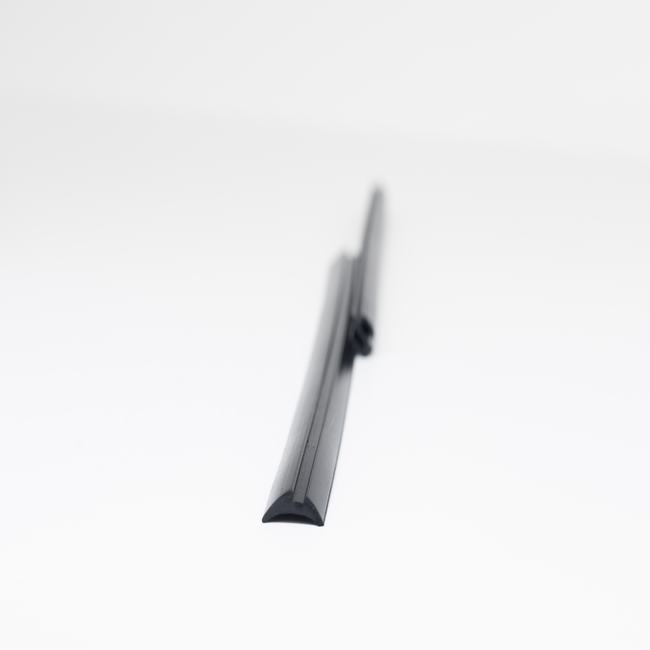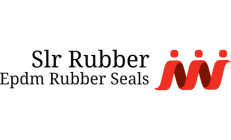Aluminum rubber, also known as rubberized aluminum or rubberized metal, refers to a specialized composite material that combines the properties of rubber and aluminum. This unique material finds applications in various industries due to its versatility, durability, and distinctive characteristics. In this comprehensive description, we will explore aluminum rubber in detail, covering its composition, properties, manufacturing processes, and its wide range of applications.
1. Composition:
Aluminum rubber consists of two primary components:
a. Aluminum: The aluminum component typically consists of thin sheets or foils of aluminum metal. Aluminum is chosen for its lightweight nature, corrosion resistance, and excellent thermal conductivity.
b. Rubber: The rubber component is usually made from synthetic or natural rubber materials. Rubber contributes to the material’s flexibility, elasticity, and impact resistance.
2. Properties:
Aluminum rubber exhibits a unique set of properties that make it suitable for various applications:
a. Lightweight: The aluminum component imparts lightweight properties to the material, making it easy to handle and transport.
b. Durability: Aluminum rubber is highly durable and can withstand harsh environmental conditions, making it suitable for both indoor and outdoor applications.
c. Thermal Conductivity: The aluminum component allows for efficient heat transfer, which is valuable in applications where temperature management is crucial.
d. Elasticity: The rubber component provides flexibility and elasticity, allowing the material to deform without permanent damage, making it resistant to cracking or breaking.
e. Vibration Damping: Aluminum rubber has excellent vibration damping properties, making it useful in reducing noise and vibrations in various applications.
f. Corrosion Resistance: The aluminum component is resistant to corrosion, making aluminum rubber suitable for use in environments with exposure to moisture or chemicals.
g. Electrical Conductivity: Depending on the thickness and type of aluminum used, aluminum rubber can exhibit electrical conductivity, making it useful in electrical and electronic applications.
3. Manufacturing Processes:
The manufacturing of aluminum rubber typically involves the following processes:
a. Bonding: The aluminum and rubber layers are bonded together using adhesives or specialized bonding techniques. The choice of adhesive or bonding method depends on the specific application requirements.
b. Lamination: The bonded aluminum and rubber layers are often laminated together under pressure and heat to ensure a strong and consistent bond.
c. Cutting and Shaping: The laminated aluminum rubber sheets can be cut and shaped into various forms, such as sheets, strips, or custom profiles, to meet specific application needs.
4. Applications:
Aluminum rubber finds applications across a wide range of industries, including:
a. Automotive: Aluminum rubber is used in vehicle manufacturing for gaskets, seals, and vibration dampening components.
b. Construction: It is used in construction for roofing materials, flashing, and seals for windows and doors.
c. Electronics: Aluminum rubber is employed in electronic devices for electromagnetic shielding and thermal management.
d. Aerospace: It is used in aerospace applications for its lightweight properties, thermal conductivity, and resistance to extreme temperatures.
e. Marine: In the marine industry, it is used for corrosion-resistant components and seals in boats and ships.
f. HVAC (Heating, Ventilation, and Air Conditioning): Aluminum rubber is utilized in HVAC systems for gaskets, seals, and vibration isolation.
g. Soundproofing: Due to its vibration damping properties, aluminum rubber is used in soundproofing applications to reduce noise and vibrations.
5. Considerations:
When considering the use of aluminum rubber, several factors should be taken into account, including the specific application requirements, environmental conditions, and compatibility with other materials.
In conclusion, aluminum rubber is a versatile composite material that combines the advantages of aluminum and rubber to meet a wide range of industrial and commercial needs. Its unique combination of properties, including lightweight, durability, thermal conductivity, and vibration damping, makes it a valuable material in various sectors, contributing to improved performance and longevity in many applications.










